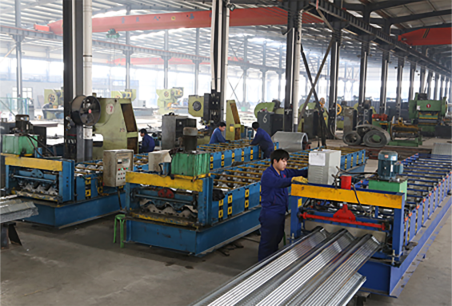Putting Up Temporary Fences A Practical Guide
In a world where construction, events, and various activities necessitate the delineation of space, the use of temporary fences has become increasingly common. Whether you are organizing a community event, managing a construction site, or simply need to secure an area for a limited time, putting up a temporary fence can offer a range of benefits, including safety, security, and privacy. This article will explore the reasons for using temporary fences, the different types available, and the best practices for installation.
Reasons for Using Temporary Fences
Temporary fences are versatile tools that serve numerous purposes. One of the primary reasons for their use is security. When organizing an event, a temporary fence can help control access points and deter unauthorized individuals. Similarly, at construction sites, these fences are essential for keeping curious onlookers at bay and ensuring that workers are safe from potential hazards.
Additionally, temporary fencing creates a defined space for a specific activity or purpose. This is particularly important during large public events, such as music festivals, marathons, or fairs, where crowd control is vital. A well-placed fence not only manages the flow of attendees but also delineates areas such as food stalls, stages, and restrooms, enhancing the overall experience.
Lastly, temporary fences can provide privacy. In circumstances where sensitive work is being conducted or during private events, these fences can help shield activities from public view, maintaining the confidentiality that may be necessary.
Types of Temporary Fences
Temporary fences come in various styles and materials, each suited for different applications. The most common types include
1. Chain Link Fences These are perhaps the most recognizable form of temporary fencing. Made from interwoven steel wire, chain link fences are strong and durable, allowing for visibility while providing security. They are ideal for construction sites and events where crowd control is necessary.
2. Mesh Fences Often used in events, mesh fences offer a lightweight alternative to chain link. They are typically made from plastic or lightweight metal and can be easily transported and installed. Mesh fences are beneficial when a visual barrier is needed without obstructing airflow or visibility.
3. Panel Fences These pre-fabricated panels can be set up quickly and are often used in large events. They can be made from various materials, including wood and plastic, and can be customized to suit specific requirements, such as incorporating branding or aesthetic elements.
putting up temporary fence

4. Crowd Control Barriers Used predominantly at events, these are smaller, lightweight barriers typically made of metal or plastic. They are perfect for directing foot traffic and creating queues, ensuring an organized flow of people.
Best Practices for Installation
When it comes to putting up temporary fences, several best practices should be followed to ensure safety and effectiveness
- Assess the Area Before installation, perform a thorough assessment of the area to identify potential hazards, such as uneven ground, nearby structures, or obstacles. Proper planning will facilitate a smoother installation process.
- Check Local Regulations Depending on your locality, there may be regulations governing the use of temporary fencing. Be sure to check with local authorities or event organizers to comply with any necessary permits or guidelines.
- Use Proper Equipment Investing in the right tools for installation is crucial. Using a strong, reliable drilling and fastening equipment can significantly expedite the process and ensure the fence is securely installed.
- Secure the Fence Properly anchoring the fence will prevent it from being easily knocked down or moved. For areas with high winds or potential for disturbances, consider using weights or anchoring systems specifically designed for temporary fences.
- Regular Checks Once the fence is in place, regularly inspect it for any damages or signs of instability. This is particularly important for longer-term installations, as environmental factors may affect its integrity over time.
Conclusion
Putting up a temporary fence can effectively manage space, enhance security, and improve the overall experience of events and activities. By understanding the reasons for using temporary fences, the various types available, and the best practices for installation, you can ensure that your project runs smoothly and efficiently. Whether it’s for a weekend festival or a months-long construction project, temporary fences are a practical solution to your space management needs.
-
Why Galvanized Trench Cover Steel Grating Resists Corrosion
NewsJul.10,2025
-
The Versatility and Strength of Stainless Expanded Metal Mesh
NewsJul.10,2025
-
Load Calculations in Steel Grating Platforms
NewsJul.10,2025
-
Keeping Pets and Kids Safe with Chicken Wire Deck Railing
NewsJul.10,2025
-
Hole Diameter and Pitch for Round Perforated Metal Sheets
NewsJul.10,2025
-
Aluminium Diamond Mesh in Modern Architecture
NewsJul.10,2025
Subscribe now!
Stay up to date with the latest on Fry Steeland industry news.

